Safe aquarium water sources are critically crucial for fish since the water determines the lives of your fish in aquariums. However, have you ever been on the horns of a dilemma of choosing the best water? After reading this article, you will have an idea of the best aquarium water source types and the best water to use in a fish tank. But you should choose the most appropriate one according to the types of tanks and the fish and creatures you keep in aquariums.
Content Table
Aquarium water and water quality
In this segment, we will provide you with an overview of different aquarium water sources and water quality.
Tap water
Tap water is one common water source, and is easy to get. The water quality of tap water is different in various areas. To kill bacteria and other microbes, chlorine or chloramine is usually applied to the tap water from the municipal water supply so that the water is safe for people. Nevertheless, these disinfectants will kill beneficial bacteria in fish tanks, such as denitrifying bacteria.
Therefore, it can not be added to aquariums directly but needs to dechlorinate first. On the other hand, tap water from municipal supply may also contain ammonia, which is harmful to your fish. Thus, if you choose municipal tap water for your aquariums, a water conditioner and dechlorinator are necessary.
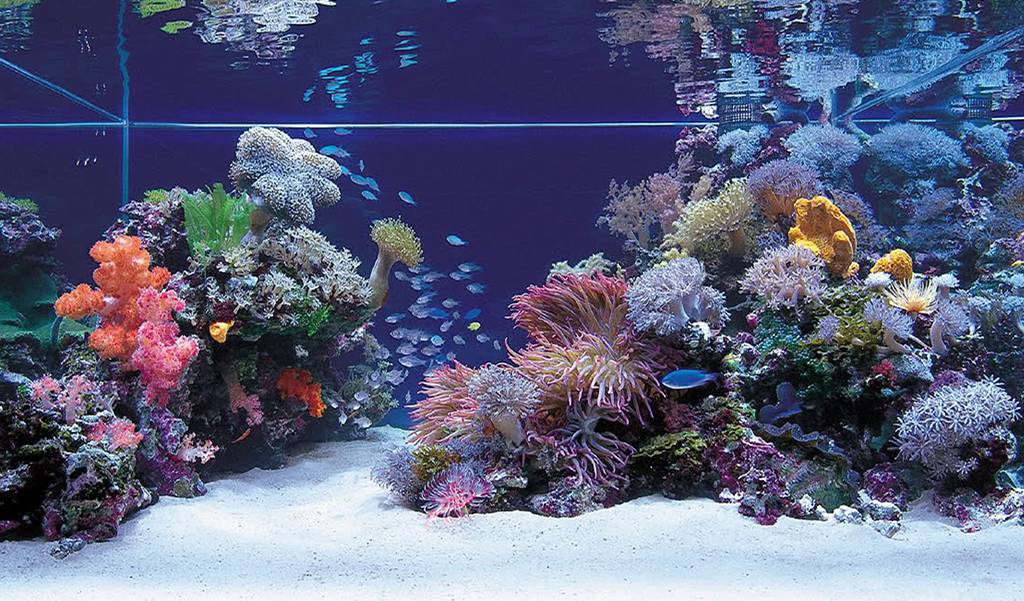
Well water
The well water is not treated with chlorine, and the water parameters vary from the location of the wells. Besides, well water usually possesses high hardness and low oxygen levels.
Distilled water
Distilled water is produced after the process of heating and cooling. When the steam rises, then is collected. Meanwhile, most minerals and other substances are removed, while some are crucial for fish. As a result, you need to remineralize the distilled water before adding the water to your fish tanks. By the way, this process is to imitate natural evaporation, condensation, and precipitation.
Spring & bottled water
The spring water contains no chlorine and always possesses rich minerals. Aside from that, if you want to choose bottled water, you should make sure the water is not treated with dyes, flavors, colors, or other additives. The main disadvantage is expensive – it is a high cost.
Rainwater
The pH levels of rainwater are unpredictable because the water can be polluted by contaminants in the atmosphere or somewhere else. In addition, rainwater lacks the essential trace elements, that keep fish healthy, as well as the chemical balance of aquarium water.
Reverse osmosis water (RO water)
After physical purification, there is no chlorine or mineral in the RO water. That is to say, RO water contains few trace elements, which are important for fish. Furthermore, the RO water is soft, with 0 KH and GH. In summary, it is not a perfect option for your aquariums, as it will cause dramatic fluctuation of pH levels and other water parameters in tanks.
Deionized water (DI water)
All ions are removed from the water. After deionization – a process of chemical purification, bacteria, and viruses will not be removed from the water, but some necessary minerals may be killed in the water. Consequently, it is recommended to remineralize the DI water before adding it to aquariums.
Lake or river water
Exactly, it can reduce your cost whereas there are probably harmful bacteria or industrial or other pollutants in the lake or river water. These are extremely dangerous for your fish.
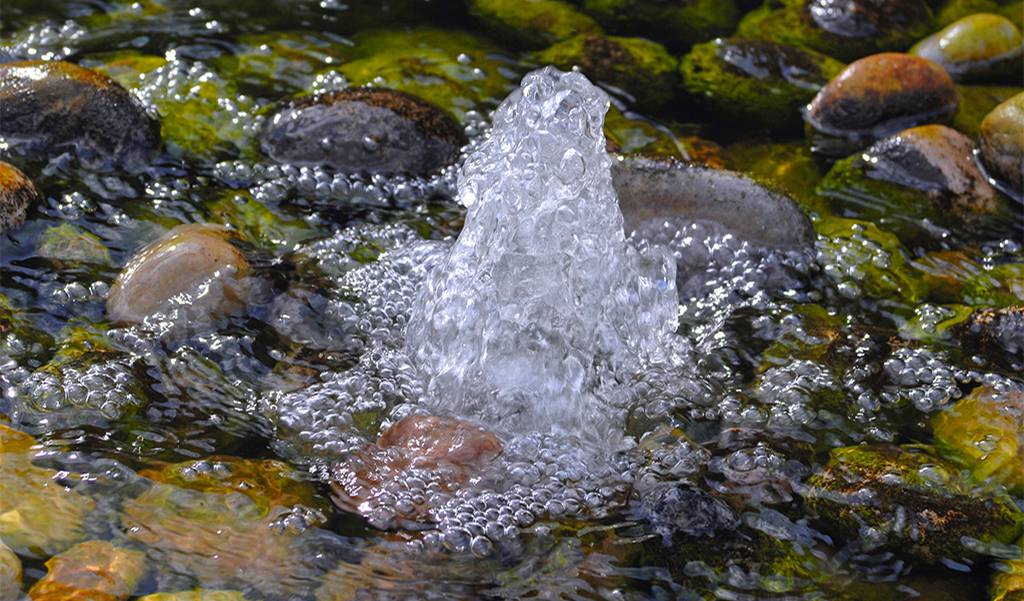
If you want to add the water sources mentioned above to saltwater aquariums, it is recommended to mix some salt. If you want to blend water by yourself, you can prepare tap water and special sea salt for the aquarium. In general, the salinity of marine fish tanks is around 3.3%, one gallon of water needs about 113–133 grams of salt. After mixing the salt, you should aerate the water and then let it sit for 24 hours. Take a 55-gallon saltwater tank as an example, you should add about 6200–7300 grams of salt.
Distilled water for fish tanks
In this part, let’s take a deep dive into the distilled water for fish tanks. Distilled water is not an excellent choice for aquariums. To begin with, there are no essential minerals in distilled water, which are critically essential for the survival of fish. Without the minerals, threats will be posed to fish in tanks.
On the other hand, you should keep in mind that do not use distilled water when you are changing the water for fish tanks. Or the pH levels in aquariums will change suddenly, which is harmful to fish. Nevertheless, you can apply the distilled water by combining it with tap or well water. But you should pay attention to the chemistry balance before adding.
Can spring water be used for fish tanks?
In this segment, we will share the spring water with you specifically. Spring water is a great option for fish tanks, it does not have chlorine residue but still may need to be treated. Before adding spring water into fish tanks, it needs to explode oxygen and filter. By doing so, your fish will be enjoyable and active. In addition, here are some benefits of applying treated spring water to aquariums, such as sufficient oxygen, and providing essential nutrients and minerals for fish.
Nonetheless, provided that the water contains high levels of pollutants, it will kill fish in tanks. Meanwhile, it is also fatal for fish because of the unstable pH levels, nutrients, and minerals.
Choosing the best water to use in a fish tank
At present, you have learned more about aquarium water sources. Soon, we will cover the best aquarium water.
The best water for your fish tanks
Generally speaking, tap water is the ideal choice for your fish tanks. It is easy to get, cheap, and suitable for a wide species of fish. And it can be applied to your tanks easily, just dechlorinate it. Moreover, it possesses known and stable water parameters.
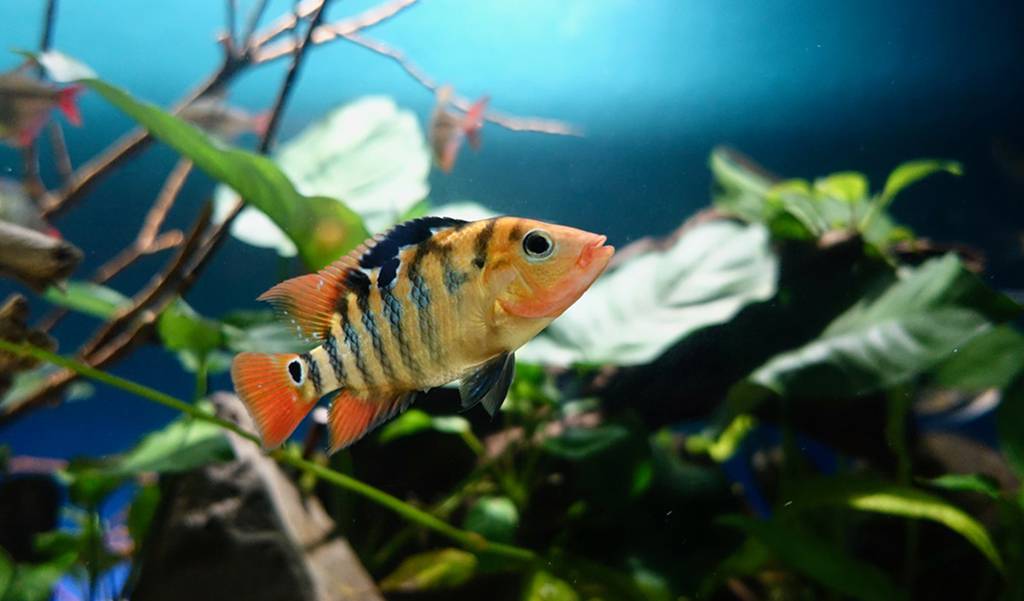
The demands for the best fish tank water
Except for basic nutrients, minerals, calcium, and magnesium for instance. It is important to keep suitable water parameters in aquariums, such as pH level, water hardness, and carbonate hardness (KH level). The table below shows the requirements for freshwater and saltwater tanks. However, the specific requirements depend on the inhabitants in your tank.
| Parameters | Freshwater tanks | Saltwater tanks |
| pH level | 6.5-7.5 | 8.1-8.5 |
| hardness | <12 dGH | <10 dGH |
| KH level | 4-8 dKH | 7-12 dKH |
| water temperature | 68-82 ℉ | 75-79 ℉ |
How to use the best water in your fish tanks?
You should dechlorinate the tap water since the chlorine will damage the gills and skin surface of fish. There are methods to dechlorinate tap water:
- Let it stand for 24 hours
- Boil and cool the tap water
- Water conditioner
- Dechlorinator
After dechlorination, how can we add tap water to your tanks? Firstly, you should know how often and how much should you change the water in the tanks each time. It is suggested to change 20 percent of the water each week. Then, you should test the water parameters of the new tap water before adding it. Make sure the hardness is not too high, or it will be harmful to your fish. More importantly, you can mix some distilled water and other chemicals every time you add new tap water.
Reminder
Until now, are you still in a dilemma of selecting aquarium water? In addition to all mentioned above, here are also some pointers. You should test the water parameters via aquarium water test strips no matter which water you choose. Furthermore, conditioning water in aquariums is also needed. You should consider the following parameters, pH level (the acidity of the water), GH level (the concentration of magnesium and calcium ions), and KH level (the measurement of bicarbonates and carbonates).
Finally, we are hopeful about guiding you to choose the appropriate aquarium water, and thanks for your reading.
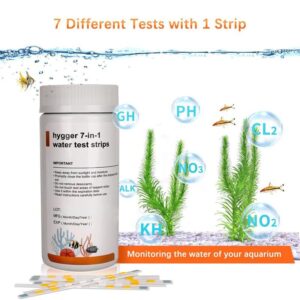
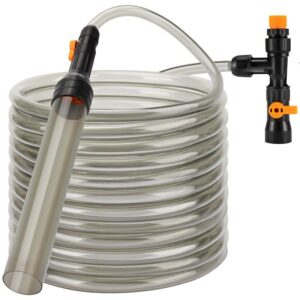
So confused- I am using well water and I have lost so many fish ug. So I am now using 5-1 strips to measure and results are as follows:
NO2 200, NO3 0, ph 9-8, kH180-240, GH 180
How to correct – distilled water?
Hello, Melinda. Sorry for the late relpy, because we’re just back from Chinese Spring Festival. You can correct the water with agentia, which can lower these levels, like sodium dihydrogen phosphate. Also, adding some terminalia catappa leaves is effective. Usually, you should follow one leaf for every 10 gallon of water.
hygger team